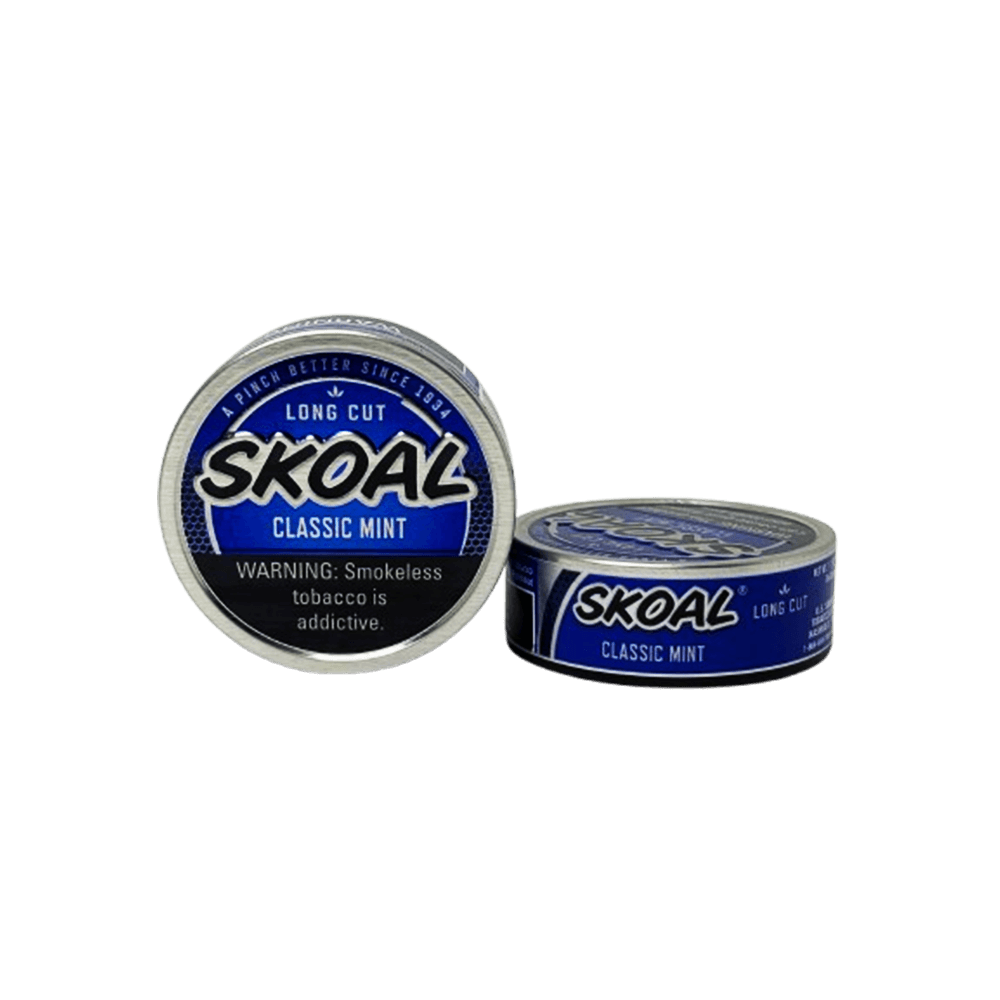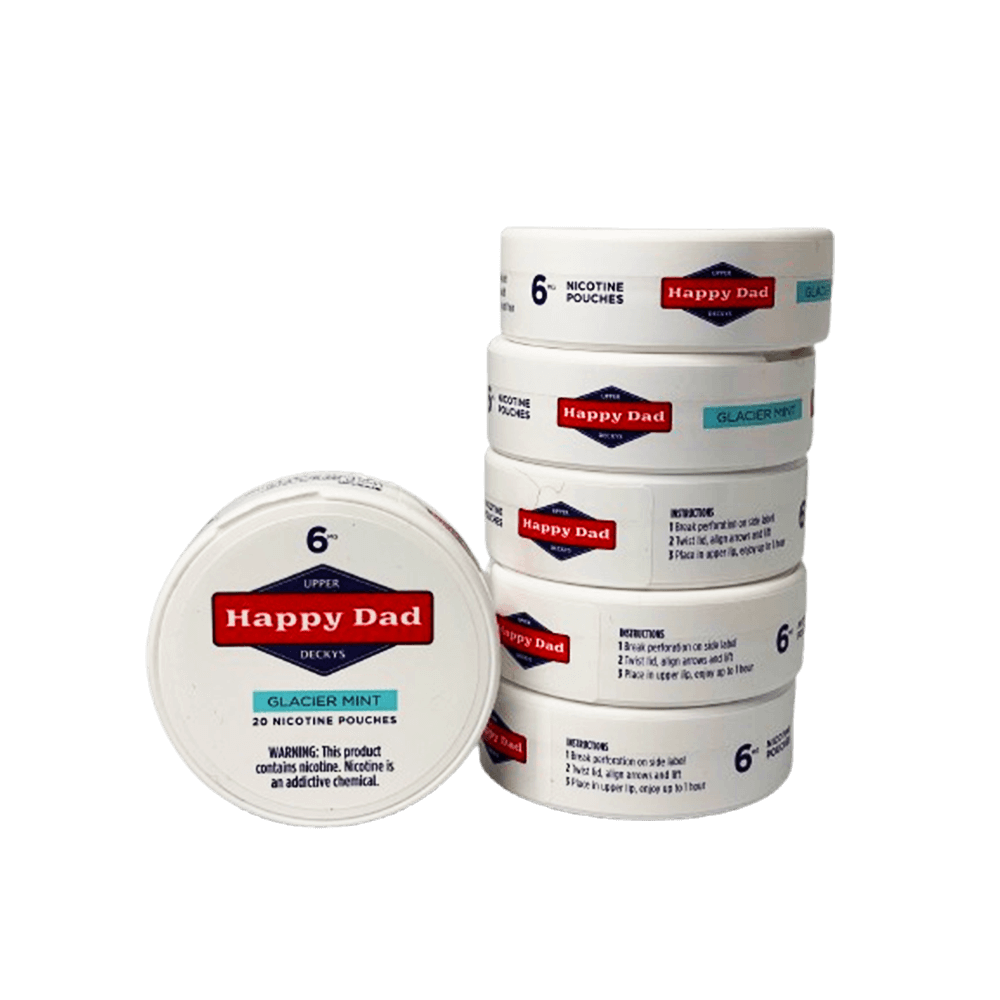For decades, smokeless tobacco products like chewing tobacco and dip have been popular alternatives to smoking, particularly among individuals who prefer a more discreet nicotine experience. However, with advancements in nicotine delivery technology, nicotine pouches have emerged as a modern, tobacco-free alternative that has gained traction among users looking for a cleaner, more socially acceptable option.
In this blog, we will explore the fundamental differences between traditional smokeless tobacco (chew and dip) and nicotine pouches, breaking down their composition, health implications, user experiences, and regulatory considerations. Whether you’re a longtime user or someone curious about nicotine alternatives, understanding these differences can help you make an informed decision about which product might suit your lifestyle best.
1. Understanding Chewing Tobacco and Dip
A. What Is Chewing Tobacco?
Chewing tobacco, also known as “chew” or “spit tobacco,” is a form of smokeless tobacco that consists of loose tobacco leaves, often sweetened and flavored. Users typically place a wad of chew in their mouth between the cheek and gum, where it slowly releases nicotine as they chew and suck on it. Unlike dip, chew is not finely ground and requires active chewing to extract the nicotine.
Common Brands and Types
- Red Man
- Levi Garrett
- Beech-Nut
- Stoker’s
B. What Is Dip (Moist Snuff)?
Dip, also known as moist snuff, is a finely ground, moist tobacco product that is placed between the lower lip and gum, where it absorbs nicotine through the mucous membranes. Unlike chew, dip users don’t need to chew; instead, the finely ground tobacco releases nicotine more rapidly. Users must regularly spit out excess saliva, which makes dip a messier option.
Popular Dip Brands
- Copenhagen
- Skoal
- Grizzly
- Kodiak
C. The Culture and History of Chewing Tobacco and Dip
Historically, chewing tobacco and dip have been deeply embedded in American culture, particularly in rural areas and among baseball players. While its popularity has declined due to increasing awareness of health risks, many users still favor it for its strong nicotine hit and traditional feel. However, with growing regulatory restrictions and health warnings, more users are considering alternatives like nicotine pouches.
2. Understanding Nicotine Pouches
A. What Are Nicotine Pouches?
Nicotine pouches are a modern, tobacco-free alternative to chew and dip. These small pouches contain nicotine extracted from tobacco, combined with plant-based fibers, flavorings, and sweeteners. Since they contain no actual tobacco leaves, they are considered a cleaner option.
B. How Nicotine Pouches Work
Nicotine pouches are placed between the gum and upper lip, where nicotine is absorbed through the mucous membranes. Unlike dip, they do not require spitting, making them more socially acceptable. They come in various nicotine strengths, allowing users to choose a level that suits their needs.
Popular Nicotine Pouch Brands
- Zyn
- VELO
- On!
- Rogue
C. Growth and Popularity of Nicotine Pouches
Nicotine pouches have surged in popularity due to their convenience, variety of flavors, and lack of tobacco. Many former dip and chew users switch to pouches because they offer a similar nicotine experience without the mess or health concerns associated with tobacco.
3. Key Differences Between Chew/Dip and Nicotine Pouches
A. Presence of Tobacco
The most significant difference is that chew and dip contain actual tobacco leaves, while nicotine pouches only contain extracted nicotine. This makes pouches a cleaner alternative for users concerned about consuming tobacco.
B. Health Risks and Concerns
- Chew/Dip: Long-term use is associated with oral cancer, gum disease, tooth loss, and nicotine addiction. The abrasive nature of tobacco can cause gum recession and sores.
- Nicotine Pouches: Since they lack tobacco, pouches do not carry the same cancer risks. However, they still deliver nicotine, which can lead to addiction and potential cardiovascular issues.
C. Nicotine Absorption and Strength
- Chew/Dip: Delivers a strong, immediate nicotine hit, particularly dip, which is absorbed quickly through the mucous membranes.
- Nicotine Pouches: Absorption is slightly slower but still effective, providing a steadier nicotine release.
D. Flavor Variety and User Experience
- Chew/Dip: Traditional flavors like wintergreen, mint, and straight tobacco.
- Nicotine Pouches: A wider range, including fruity, citrus, and exotic flavors, appealing to a broader audience.
E. Social Acceptance and Convenience
- Chew/Dip: Requires spitting, which can be off-putting in social settings.
- Nicotine Pouches: Spit-free and odorless, making them easier to use in public and work environments.
4. Health and Regulatory Considerations
A. FDA Regulations and Bans
Chewing tobacco and dip are highly regulated by the FDA due to their health risks. Some regions have banned flavored tobacco products, and taxation on smokeless tobacco remains high. Nicotine pouches, though regulated, have fewer restrictions due to their tobacco-free nature.
B. Public Health Perspectives
Many public health experts view nicotine pouches as a harm reduction tool. While not risk-free, they are considered a safer alternative to tobacco-based products.
C. Addiction and Long-Term Use
Both products contain nicotine, which is highly addictive. While nicotine pouches may reduce certain health risks, they do not eliminate the potential for addiction.
5. Which Option Is Better?
A. For Longtime Smokeless Tobacco Users
For users looking to transition away from tobacco but still wanting a similar nicotine experience, nicotine pouches provide a viable alternative. They offer nicotine satisfaction without the harmful effects of tobacco leaves.
B. For New Users Looking for a Nicotine Alternative
Nicotine pouches are generally a better option for those new to nicotine, as they do not carry the same risks associated with chew and dip. However, new users should still be mindful of nicotine dependency.
Conclusion
Both chew/dip and nicotine pouches have their own pros and cons. While chew and dip provide a strong, traditional tobacco experience, they come with significant health risks. Nicotine pouches, on the other hand, offer a cleaner, tobacco-free option with greater convenience and social acceptability.
As regulations tighten and health awareness grows, nicotine pouches are increasingly becoming the go-to choice for those looking to reduce their exposure to tobacco while still enjoying nicotine. Ultimately, the best choice depends on individual needs, health considerations, and lifestyle preferences.




